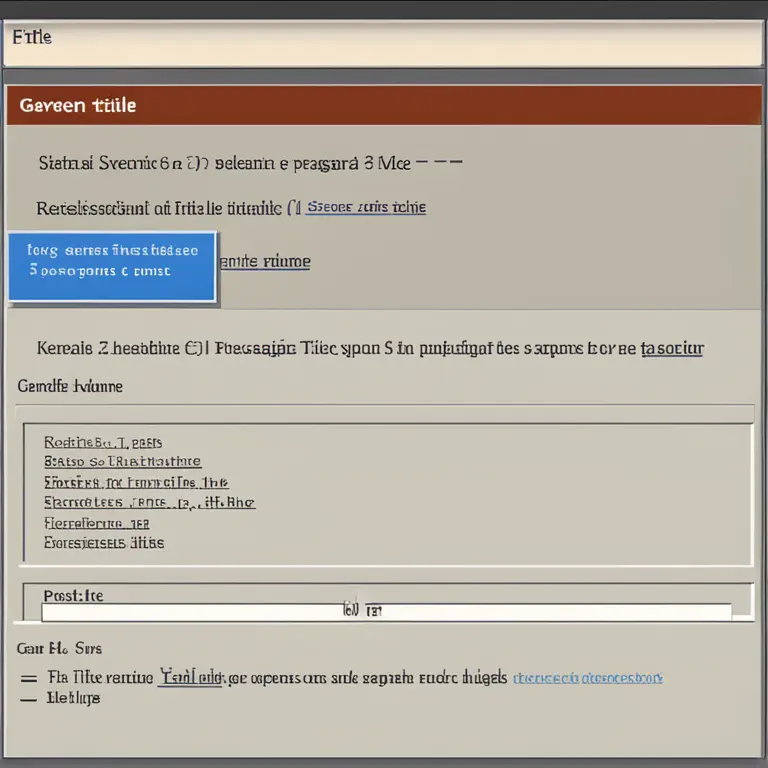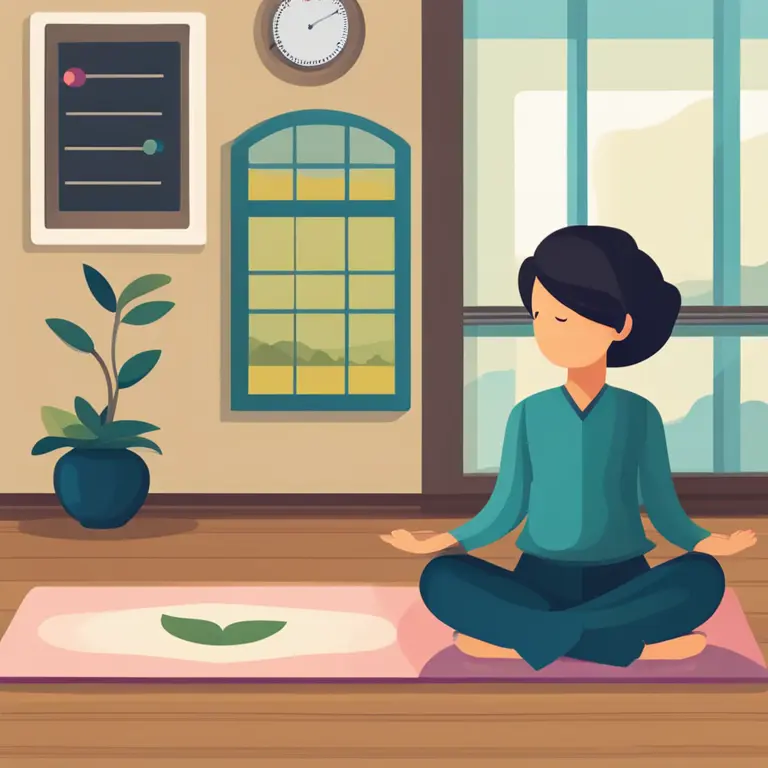
Mindful Serenity for Educators: A Meditation Guide
Delve into the transformative practice of mindfulness meditation tailored for educators seeking balance and focus in the dynamic classroom environment.
article by Hina Kurosawa
Meditation in the Classroom
Teaching is a vocation that demands constant adaptability, emotional resilience, and an endless fountain of patience. In the quest for fostering a harmonious classroom, mindfulness meditation emerges not just as a practice but as a necessity for educators. As the classroom dynamic continues to evolve with technology and societal changes, integrating a practice that centers the mind becomes invaluable. Studies underscore that educators who embrace mindfulness report lower stress levels, heightened awareness, and improved relationships with their students.

The Foundation of Mindfulness Meditation
Mindfulness meditation is the art of maintaining a moment-by-moment awareness of our thoughts, feelings, bodily sensations, and the surrounding environment. For educators, this can mean being more attuned to the needs of their students and their personal responses to classroom challenges. Embracing this practice enables teachers to observe their thoughts and feelings without judgment, providing a clearer platform from which to act more thoughtfully and empathetically.

The Mindful Teacher's Routine
Crafting a mindful routine doesn't necessitate sweeping changes to a teacher's schedule. Simple, brief sessions of meditation before the school day begins can set the tone for calmness and clarity. Techniques such as deep breathing, guided imagery, or even a few moments of silent reflection can be seamlessly incorporated. The routine acts as an anchor, ensuring that regardless of the day's unpredictability, educators have a personal reservoir of peace to draw from.

Impacting Student Well-being
Teachers occupy a unique position to influence their students' lives profoundly. When educators practice mindfulness, they naturally embed these principles into their teaching. The benefits are manifold: reduced anxiety, heightened focus, and a nurturing classroom environment. Empirical evidence suggests that when teachers are calm and attentive, students mirror these behaviors, leading to a more conducive learning atmosphere.

Building a Supportive Community
Establishing a mindfulness program within a school can cultivate a supportive community among educators. Shared practices, group discussions, and peer support are instrumental in sustaining motivation and deepening the understanding of mindfulness. As a collective, teachers can better navigate the intricate landscape of modern education, reinforced by shared values and collaborative coping strategies.
Overcoming Barriers to Mindfulness
Introducing mindfulness into an educator's life may come with challenges, such as time constraints or skepticism about its efficacy. To overcome these, schools could provide professional development opportunities focused on mindfulness, showing its scientific backing and practical benefits. Success stories and firsthand accounts from fellow educators can serve as powerful testimonials to the transformative power of a mindful approach to teaching.
Embracing the Future of Education
As we look beyond 2024, the trajectory of education increasingly points towards an integrative approach that prioritizes the well-being of both teachers and students. Mindfulness meditation is anticipated to become a cornerstone in the educational arena, equipping educators with the inner fortitude necessary to lead the next generation with wisdom and compassion.
Published: 1/18/2024
Modified: 1/18/2024
More predictions
Come back here soon to learn more about yourself and your future


Can Meditation Impact On Depression?
Meditation can be a powerful tool for mental health. Discover whether incorporating a meditation practice can alleviate depressive symptoms.


How Meditation Reshapes Our Brains
Discover the transformative power of meditation and its profound impact on brain structure and function in this insightful article.


The Origins of Meditation: Tracing Its Historical Roots
Discover the historical origins of meditation, its transformation through time, and its profound impact on various cultures around the world in this insightful article.